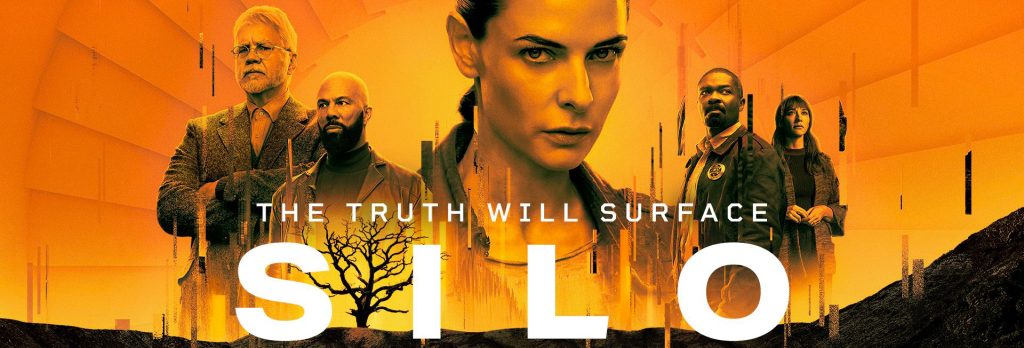
I have a routine. Every single morning, I get out of bed, grab the New York Times off my driveway, and put on pants. Sometimes in that order. And then I sit down with a bowl of cereal and read a paper made out of actual paper. It’s my favorite thing in the world, something I got hooked on when I lived in New York and returned to while working in a bookstore. It feels quaint, sure, but it’s not like I’m trying to live in the past. That’s for the editors of the New York Times to do.
More specifically, it’s what Pamela Paul wants us to do. The new book editor has decided that e-book bestsellers will no longer appear in the print edition of the New York Times Book Review. The argument is that they belong online. I haven’t heard what this means for the combined list, but my guess is that it’ll stay combined (the first list and most important one right now jumbles the print and digital together).
Interestingly, when Simon & Schuster launched the print edition of WOOL, the New York Times refused to count the print and digital as the same book, which kept us off the combined list. That was how WOOL could show up on the hardback bestseller list, the paperback bestseller list, and the e-book bestseller list, but not on the combined. Three versions of the book hitting the charts in competition with one another but not on the main list. It shook my confidence in those lists in general. This move does as well. These lists should reflect what you, the reader, are . . . reading. Not what publishers want to see advertised. For that, it should cost them. You know, so the paper can stay in business.
The whole thing smacks of a child hiding their eyes, assuming if they can’t see something then it’s not there. Change scares the shit out of some people. The rest of us know it has never been a better time to be a reader or a writer. And if you see me with my pants off in the driveway, squatting over a copy of the New York Times, I’m not making a political statement. I’m just grabbing my favorite paper in the entire universe, and sometimes I get my morning routine all out of order.
Edit: @Swedgeland informed me via Twitter that this has an ugly precedent.


Leave a Reply